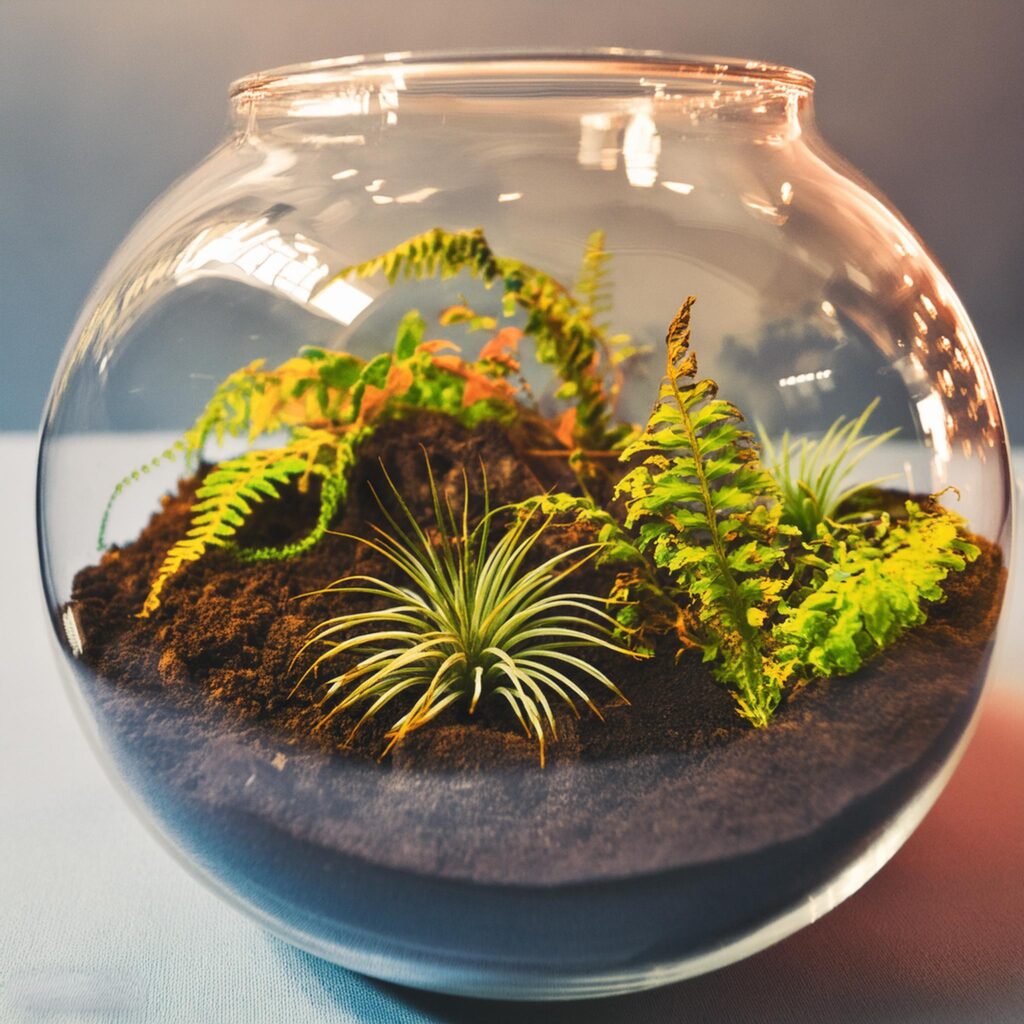
Terrariums, those miniature gardens enclosed within glass containers, have gained popularity for their aesthetic appeal and the sense of tranquility they bring to indoor spaces. However, for many potential terrarium enthusiasts, one common concern arises, Do terrariums smell? The answer to this question can be both straightforward and nuanced, depending on several factors.
Before diving into the specifics of terrarium odors, it’s essential to understand what a terrarium is. A terrarium is essentially a small, enclosed environment designed to mimic natural ecosystems. It can be either open or closed, with closed terrariums creating a self-sustaining ecosystem where water cycles naturally through evaporation and condensation. These containers are typically filled with soil, plants, and occasionally, small decorative elements like stones or miniature figurines.
Factors Influencing Terrarium Odor
Plant Health: Healthy plants are crucial for maintaining a pleasant-smelling terrarium. Healthy plants photosynthesize efficiently, produce oxygen, and generally do not emit any strong odors. If the plants begin to rot or die, they can emit an unpleasant, decaying smell.
Soil Condition: The type of soil and its condition significantly impact the smell of a terrarium. Well-draining, sterile soil minimizes the risk of mold and bacterial growth, which are common sources of foul odors. Overly wet or poorly aerated soil can create an environment conducive to anaerobic bacteria, leading to unpleasant smells.
Moisture Levels: Proper moisture balance is key. Closed terrariums, in particular, are prone to becoming overly moist, leading to mold growth and unpleasant odors. Regular monitoring and adjusting the moisture level can prevent this issue.
Type of Plants: Some plants naturally have stronger scents than others. For example, herbs like mint or lavender might add a pleasant aroma, while some succulents and ferns are essentially odorless. The choice of plants can therefore influence the overall smell of the terrarium.
Ventilation: Open terrariums typically have better air circulation, which can help prevent odors. Closed terrariums might occasionally need to be aired out to prevent the buildup of humidity and odors.
To prevent and manage odors in your terrarium, it’s important to follow several best practices. Start by choosing the right plants. Opt for plants known for thriving in terrarium conditions and having minimal natural scent, such as ferns, mosses, and small tropical plants. Maintaining proper moisture levels is also crucial; avoid overwatering your terrarium. Closed terrariums should rarely need additional water, while open terrariums will require more regular but minimal watering. Ensuring adequate drainage is another key factor. Adding a layer of pebbles or activated charcoal at the bottom of the terrarium can help with drainage and odor control. Regularly monitor the health of your plants and remove any dead or decaying plant material promptly to prevent mold growth and associated odors. Finally, even closed terrariums benefit from occasional ventilation to refresh the air and prevent mold buildup. By following these steps, you can keep your terrarium healthy and pleasant-smelling.
In essence, a well-maintained terrarium should not smell unpleasant. When properly cared for, terrariums can remain odor-free and serve as a beautiful, calming addition to any space. Paying attention to plant health, soil condition, and moisture levels will help ensure that your terrarium remains a fresh and enjoyable feature in your home or office. If any foul odors do arise, they can usually be traced back to an imbalance in the terrarium’s ecosystem, which can often be corrected with simple adjustments.